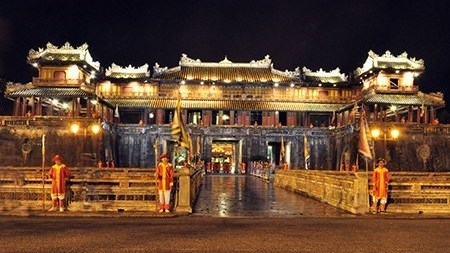The event brought together more than 200 representatives from the Ministry of Culture, Sports and Tourism; Vietnam Cultural Heritage Association; Vietnam History of Science Association; Vietnam National Museum of History; National Archives and Records Administration; and those from research centers and universities in the Republic of Korea, Japan, France, and Germany.
It focused on five UNESCO-recognised heritage sites from Vietnam’s last monarchical reign, including the Complex of Hue Monuments (listed as a world cultural heritage site in 1993), “Nha Nhac” (Hue royal court music – which was honoured as intangible cultural heritage of humanity in 2003), the Nguyen dynasty’s woodblocks (listed as a world documentary heritage in 2014), and literature and poetry on Hue royal architecture (recognised as a world documentary heritage in 2016).
With nearly 400 years of existence from 1558 – 1945, Nguyen Lords and the Nguyen dynasty left important cultural heritages in their Hue capital city, experts noted.
Vice Chairman of the Vietnam Cultural Heritage Association Dang Van Bai said Hue city has worked to maintain the harmony and balance between preservation and sustainable development of cultural heritages according to the UNESCO and international conventions in the field.
The provincial People’s Committee has also directed the building and ratification of management plans for the Complex of Hue Monuments in 2015-2020 in an attempt to find long-term restoration and protection measures, he added.
Professor Luu Tran Tieu noted that the archaeological excavation in recent years has provided significant documents to increase the quality of preservation projects for relic sites such as Dien Tho and Truong Sanh palaces, and Gia Long, Minh Mang and Thieu Tri tombs.
International co-operation, especially valuable experience shared by foreign experts, has remarkably helped conservation activities, the panels said.
The Hue Imperial Relics Preservation Center has taken moves to further global co-operation in the field and establish a research center in the city to preserve wooden architecture in Southeast Asia.




